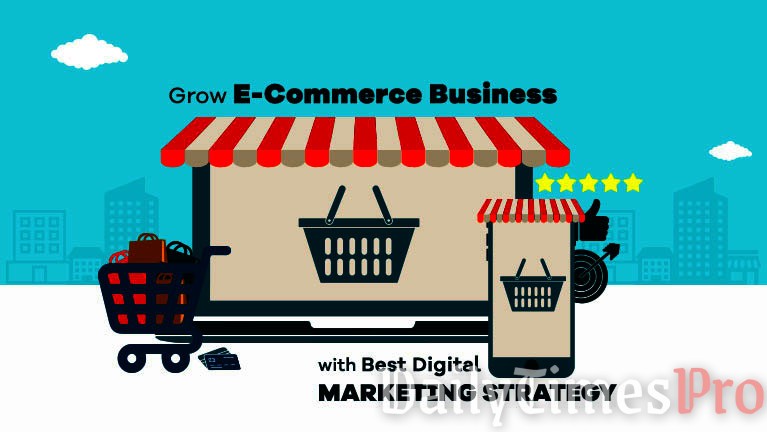5 Steps To Understand E-commerce Fulfillment
As a customer, we see offers like free two-day shipping, or ultra-fast shipping or no shipping charges from many retail giants and it puts a smile on our face. We want things fast and sellers fulfill those demands quickly which looks easier than done. A survey has recorded that 65% of shoppers will not add things to the cart if the shipping taxes are too high, 55% agreed that fast delivery is important while placing an online order, 40% never went to those retailers again where they had bad delivery experience and 30% usually cancel their orders because of the slow speeds.
This shows us that although the order fulfillment process may not look too important as an aspect of running an e-commerce business, this process has a direct impact on the company’s sales and profits. Hence, setting an organized order fulfillment system is the need of the hour. But before that, one should understand the important steps and aspects involved in it. Order fulfillment is the process that includes storing inventory, picking and packing the products safely, and providing safe shipping to the customers maintaining the quality and quantity of the product.
This is applicable in both B2B where large quantities of products are shipped in retailers’ big boxes and B2C where it is delivered directly at the doorstep of the customer either in the single product packaging or kitting when they order directly from the merchant’s website. If you are unknown to the order fulfillment world, you must be unaware of the thought process and actions included in putting the product at your doorstep after the order placement. There are many puzzle pieces joined together to make a perfect system like routing, inventory management, packaging, and much more which completes the entire order fulfillment process.
Let’s understand this process in 5 easy steps:
1.Receiving-
Before you receive or fulfill an order from your online sales channels. If the order is in-house the inventory needs to be on-hand and lastly, in the case of outsourcing fulfillment, the inventory is needed to be sent to the provider who will fulfill it on your behalf based on a partnership.
2.Storage-
Storage of inventory is also termed as warehousing which is an organization and your product’s storing. Stock keeping units (SKU) or every single unique product should be assigned with a specific registered location which will often be on a shelf, bin, or a pallet for large-scale operations. Keeping your products stacked in proper inventory storage will help them in staying secure, protected, and give you quick access while shipping to the customers.
3.Processing-
Once the order gets placed, it’s time to start the processing which involves steps like picking the right product, retrieval from the inventory, safe packaging, and making it ready for shipping. A packing slip is generally used to make it more efficient which contains information like the accurate place of storage, quantities left, and much more.
The additional information may contain details like packing materials to be used- the size of the box, bubble wraps, poly bags, air filters, etc. or any such items which are counted as custom packaging for providing the products in good shape and keeping the customers happy.
4. Shipping-
After the order is placed and processed, it is now ready to send and the merchant will ship it to the customer. This step has the involvement of the local post office or carrier pick up from the fulfillment location. Once the order gets shipped, a tracking number is generated which will tell the status of the package to both the merchant and the customer.
5.Return Process-
If a customer is not satisfied with the product or received a defective one, you must be prepared to process the return and make it hassle-free for the customer as they will either send it back directly to you or the provider responsible for the order fulfillment who evaluated it. The reason for the return is then examined after checking the item quality, proper steps taken keeping in mind the return policy. The returned product is either returned to the inventory or disposed of due to malfunction.
The E-commerce order fulfillment process requires a planned and doable strategy, especially if the motive is the growth in the business. No matter what you are selling, having a physical store in e-commerce is required. Another necessity is distributing the locations of your inventory to optimize the shipping process in multiple areas quickly and efficiently based on the proximity of the customers.
Having a technologically updated team and software helps in integrating the business seamlessly with e-commerce platforms and online marketplaces by managing orders across different locations without any requirement of manual uploading or data entry. Another important aspect that attracts most of the customers is having a fast shipping speed like 2-3 days or even within 24 hours for nearby locations are becoming more prevalent along with low or zero shipping charges.




